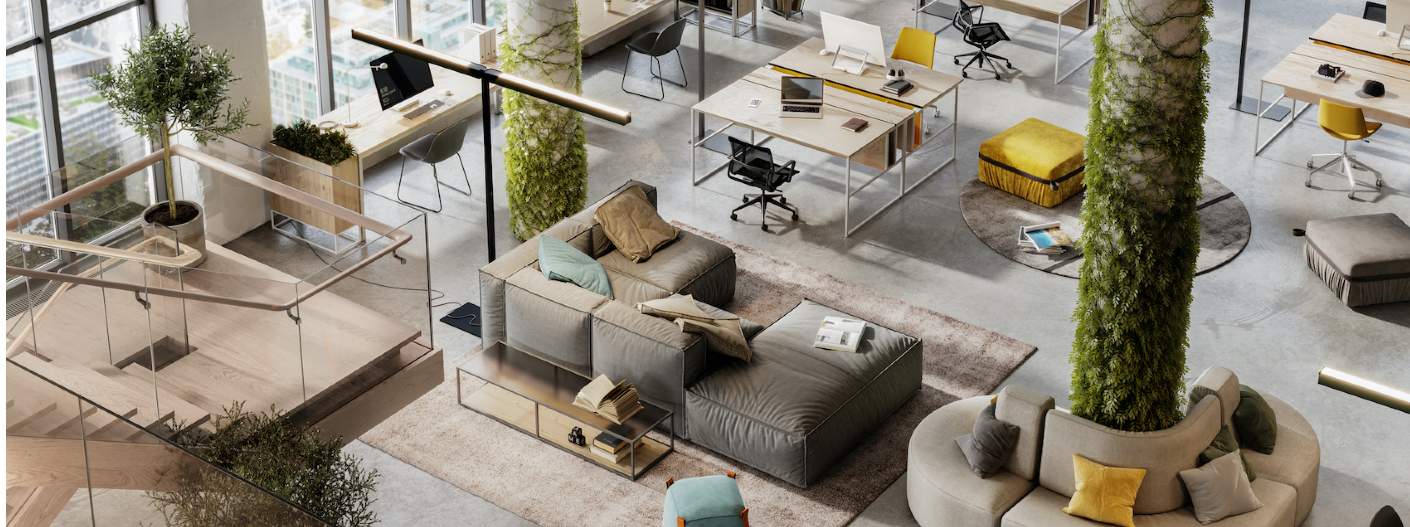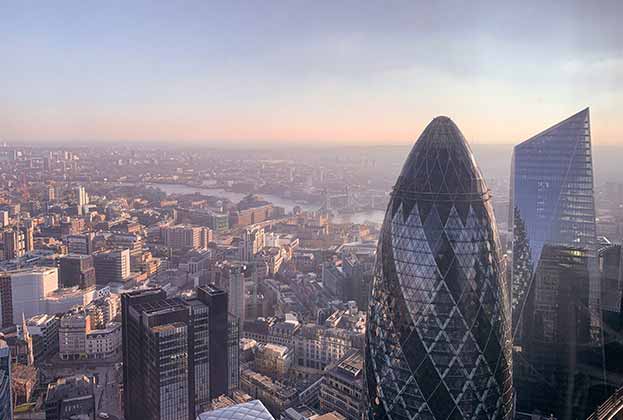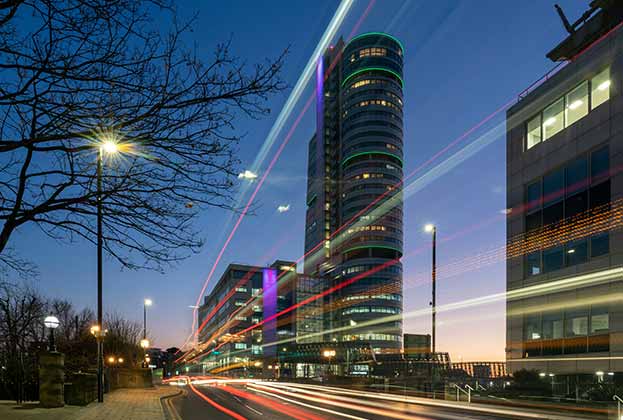A loud laugh across an open plan office, phones that seems to ring louder than usual, the subtle flicker of florescent lights and the hum of computers can be a day-to-day occurrence that causes only minor disturbance for the majority of us who are neurotypical. However, for those who are neurodivergent, these distractions can cause symptoms of acute stress, visual disturbance and other related neurological symptoms.
While only a minority of workers are neurodivergent, by not addressing the effects this type of environment can have, employers are potentially discouraging some exceptional talent from entering the workplace. Many companies are beginning to see how neurodivergent employees can bring a competitive edge to their business. Often people within this category have a rare ability to think outside the box with a super-creative drive or outstanding ability in a specific scientific or mathematical area.
Architects and planners have long played an important role in shaping our built environment, often reacting to shifts in societal needs. For instance, after the introduction of the Disability Discrimination Act in 1995, it wasn’t long before a ‘universal design’ developed among architects and policy makers that would allow for greater accessibility for physically disabled users in buildings and landscapes alike.
Twenty five years on and there's a growing focus on office design that aims to create a different kind of accessibility; one that considers the needs of those who are neurodivergent. So what are the benefits of designing this type of office space and what's involved?
The BBC Cymru Wales broadcast centre in Cardiff is a prime example of a workplace that is fully focused on neurodiversity, which influenced design decisions such as lighting, colour, patterns and accessible routes through the building.
From the outset of the project a neurodiversity expert was consulted to help shape how space design was approached. This involved the project team fully immersing themselves by using a virtual reality headset to replicate how people with different neurological conditions experience the environment around them.
Careful consideration was given to colour, particularly contrasting tones that can affect some people’s concentration and lighting, with non-flickering LED lamps and a drop in lighting levels being integrated into the scheme.
Noise levels can be challenging in an office environment which has a standard open-plan layout, so offering quiet zones where individuals could work in silence was a key design consideration.
The workplace design industry has already acknowledged that one size doesn’t fit all, with an increasing range of spaces that allow people to choose where and how they work, offering a genuine choice between the bustle of open-plan working and calmer spaces within which people can focus and decompress.
As we recognise Dyslexia Week (5-11 October 2020), it is vital that we continue to create inclusive neurodiverse work environments that nurture, encourage and inspire all employees.

-impact-the-office-sector(1).jpg)

.jpg)






